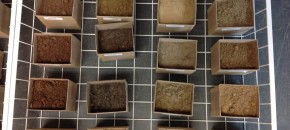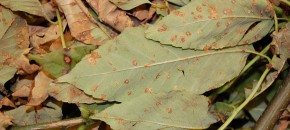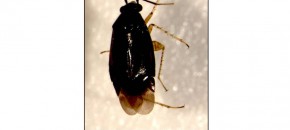
During my field visits to Mercer County organic farms, growers often express concerns about negative soil health impacts from copper based fungicides. In an effort to evaluate soil copper use and the resulting soil copper levels, soil was sampled at fifteen farms throughout the state. Both conventional and organic farms participated in this study which was […]
Continue reading...

